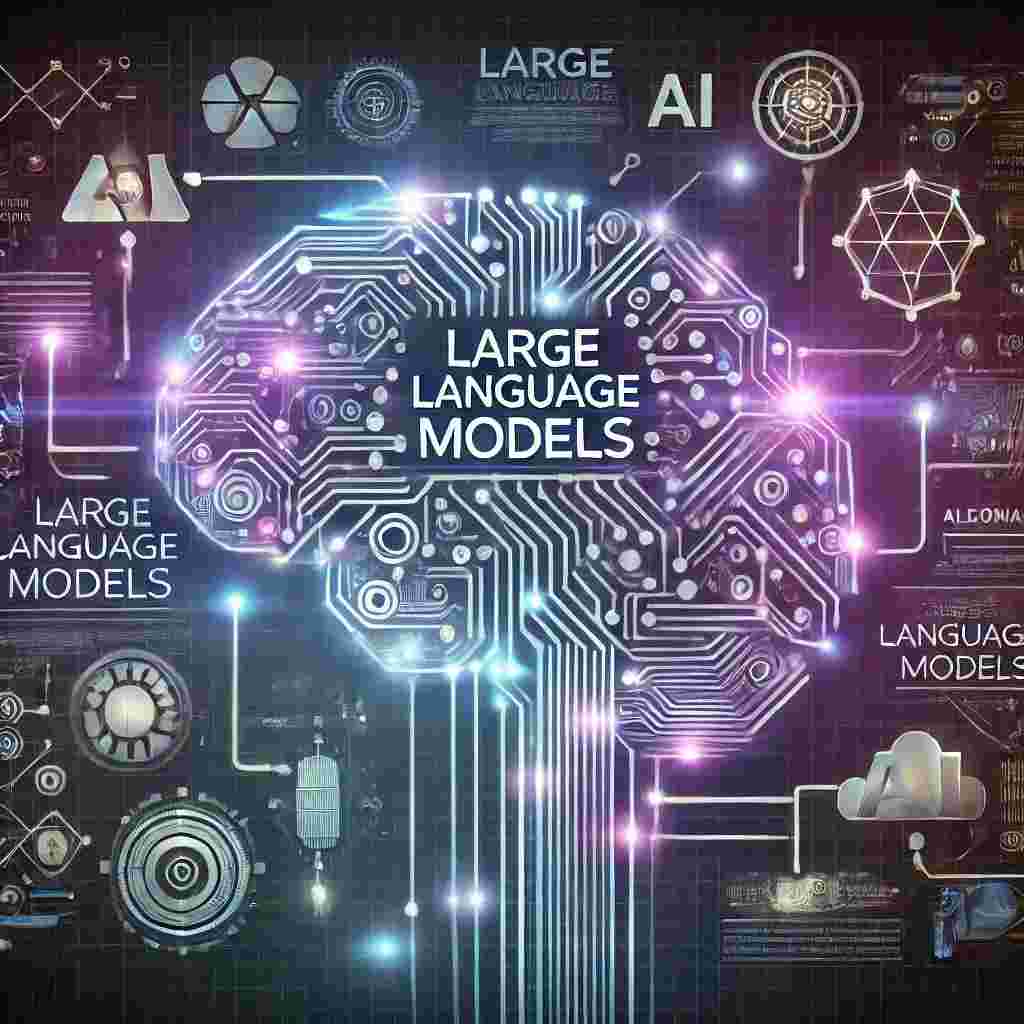Large language models (LLMs) are revolutionizing artificial intelligence (AI), driving advancements in natural language processing (NLP) and generative AI. This guide explores what LLMs are, how they work, their applications, and more.

What is a Large Language Model(LLM)?
A large language model (LLM) is a type of artificial intelligence (AI) program that can recognize and generate text, among other tasks. LLMs are trained on huge sets of data — hence the name “large.” LLMs are built on machine learning, specifically a type of neural network called a transformer model. These models can understand context, generate coherent text, and perform a variety of language-related tasks.
How Do Large Language Models Work?
Large language models work by analyzing patterns in the text they are trained on. They use neural networks, specifically transformers, to process and understand the context of words within sentences. This allows them to generate coherent and contextually relevant text based on the input they receive. Key components of their functioning include:
- Tokenization: Breaking down text into smaller units (tokens) that can be processed by the model.
- Attention Mechanisms: Allowing the model to focus on relevant parts of the input text to improve understanding and generation.
- Training: Using vast amounts of data and computational power to learn the patterns and structures of human language.
Large Language Models and Machine Learning
LLMs are a product of advanced machine learning techniques. Machine learning, particularly deep learning, enables LLMs to learn from vast amounts of text data. Key machine learning aspects include:
- Neural Networks: Specifically, transformer architectures that process and generate text.
- Backpropagation: Optimizing the model by minimizing errors during training.
- Fine-Tuning: Adjusting pre-trained models for specific tasks or datasets.
Large Language Models and Generative AI
Generative AI refers to AI systems that can create new content, such as text, images, or music. Large language models play a crucial role in generative AI by producing human-like text based on given prompts. Applications include:
- Chatbots: Providing natural and engaging conversations with users.
- Content Creation: Assisting in writing articles, reports, and even creative stories.
- Translation: Offering high-quality translations between different languages.
Large Language Models and Natural Language Processing
Natural Language Processing (NLP) is a field of AI focused on the interaction between computers and human language. Large language models are pivotal in advancing NLP by improving the accuracy and efficiency of tasks such as:
- Sentiment Analysis: Determining the sentiment expressed in a piece of text.
- Named Entity Recognition: Identifying and classifying entities (e.g., names, dates) within text.
- Text Summarization: Creating concise summaries of long documents.
Which Large Language Model (LLM) is Developed by Microsoft?
Microsoft has developed several influential large language models, with one of the most notable being GPT-3, in collaboration with OpenAI. GPT-3 is renowned for its ability to generate highly coherent and contextually accurate text, making it one of the most powerful LLMs available today.
How to Create/Build/Make a Large Language Model?
Creating a large language model involves several steps:
- Data Collection: Gathering vast amounts of text data from diverse sources.
- Preprocessing: Cleaning and preparing the data for training.
- Model Architecture: Designing the neural network, typically using transformer architectures.
- Training: Utilizing high-performance computing resources to train the model on the data.
- Fine-Tuning: Adjusting the model for specific tasks or domains to improve performance.
Which Large Language Model is Best?
Determining the best large language model depends on the specific application and requirements. Some of the most prominent LLMs include:
- GPT-3: Known for its versatility and high-quality text generation.
- BERT: Excellent for understanding the context of words in sentences, widely used for NLP tasks.
- T5: A transformer model designed for a variety of text generation and understanding tasks.
Large Language Model Examples
Large language models are used in numerous applications across industries:
- Customer Support: Automating responses to common customer inquiries.
- Healthcare: Assisting in medical documentation and information retrieval.
- Education: Providing personalized tutoring and content generation for learning materials.
Large Language Models Tutorial
For those interested in building their own large language models, numerous tutorials and resources are available online. Key steps include understanding the basics of: neural networks, getting hands-on experience with popular frameworks like TensorFlow and PyTorch, and experimenting with pre-trained models available on platforms such as Hugging Face.
Recommended YouTube Resources:
- DeepLearning.AI: Offers a comprehensive series on deep learning and neural networks, including practical tutorials on building and training models.
- Sentdex: Provides practical coding tutorials on machine learning, TensorFlow, and PyTorch. Check out his playlist on building neural networks.
- Two Minute Papers]: This channel offers concise and easy-to-understand explanations of the latest AI research papers, including those on large language models.
- Henry AI Labs: Covers in-depth tutorials on NLP, transformers, and various AI models, including step-by-step guides on implementing them.
- Edureka: Offers a variety of machine learning and AI tutorials, including detailed sessions on TensorFlow and PyTorch.
- KrishNaik: Provides comprehensive tutorials on machine learning, deep learning, and NLP, with practical examples and coding demonstrations.